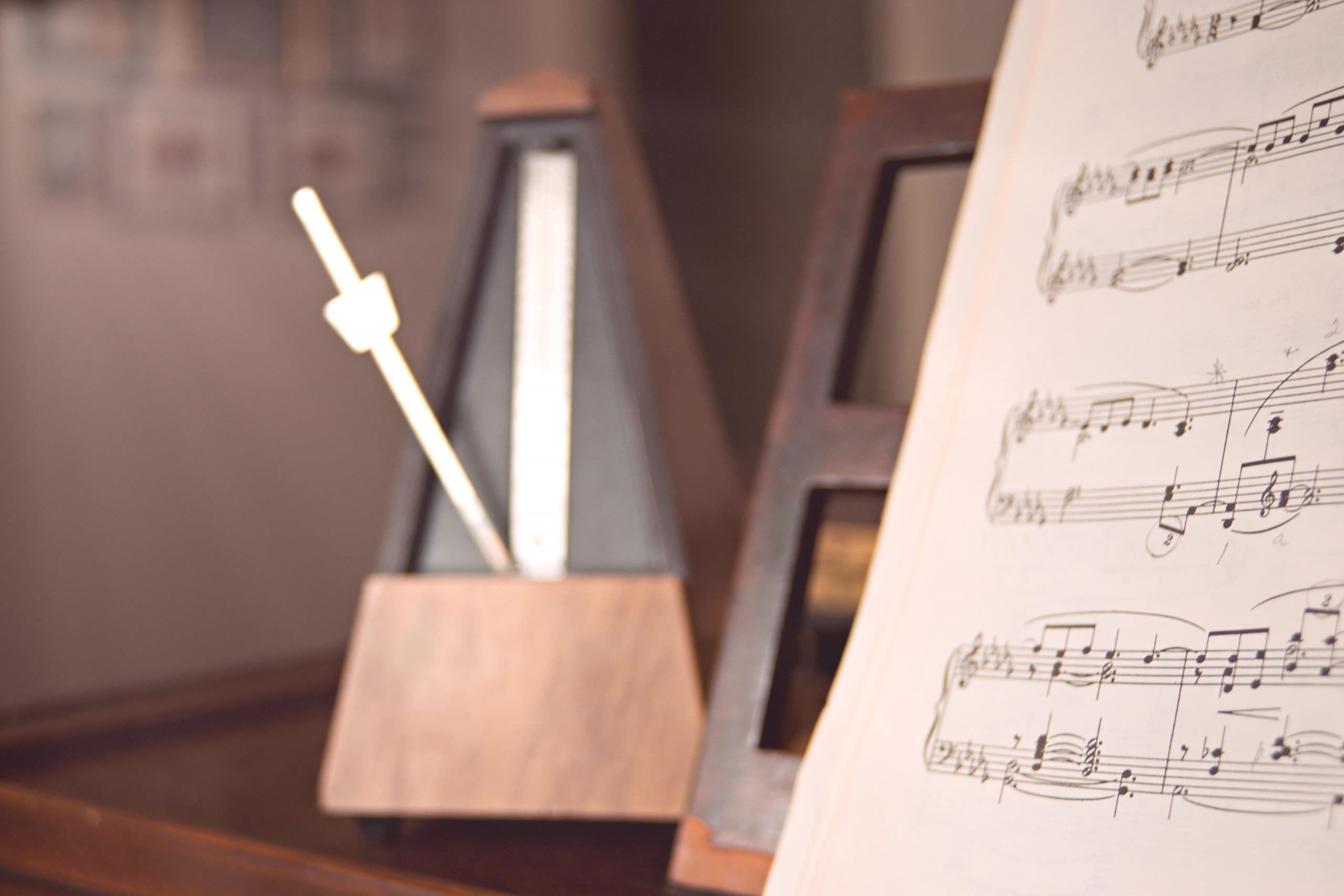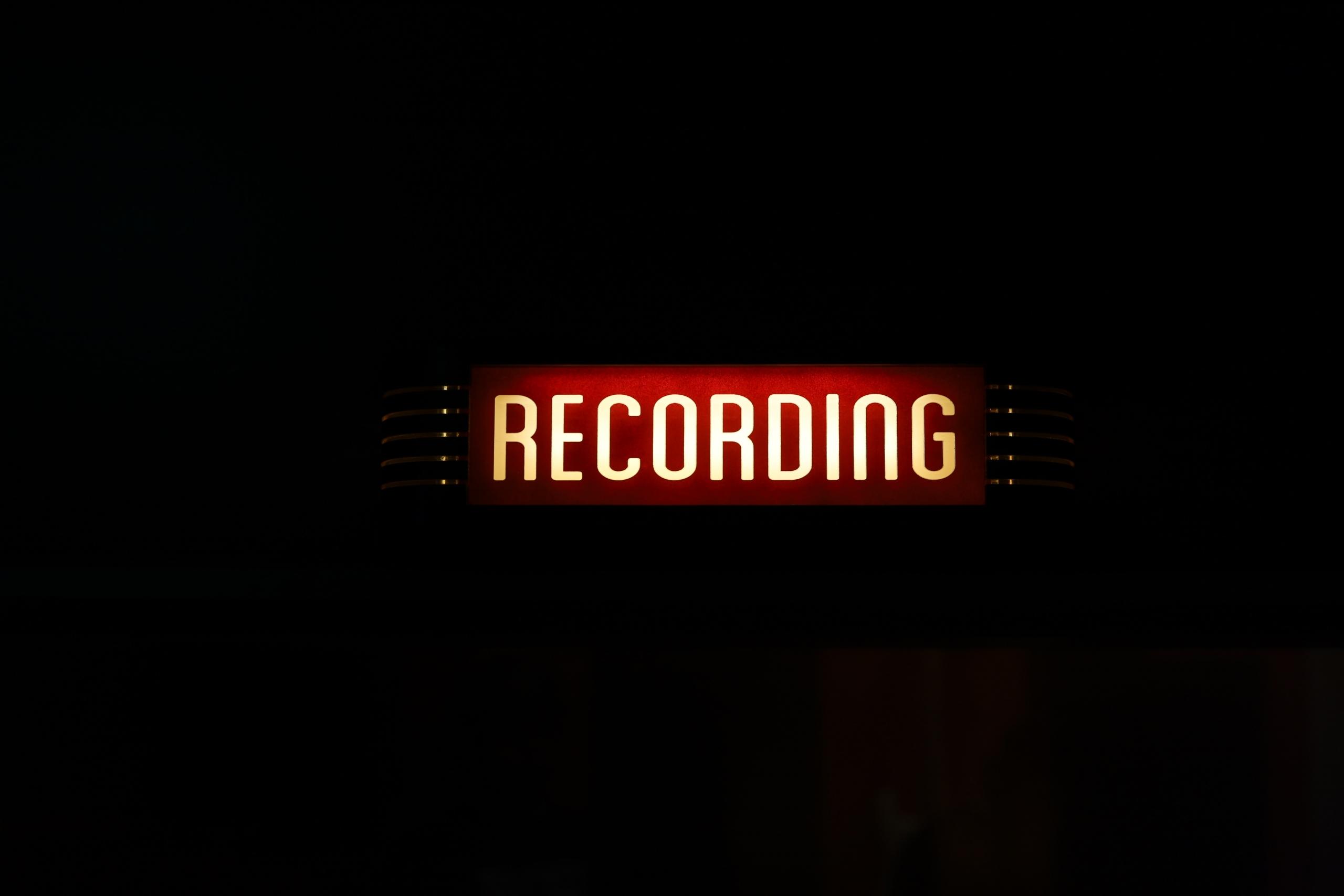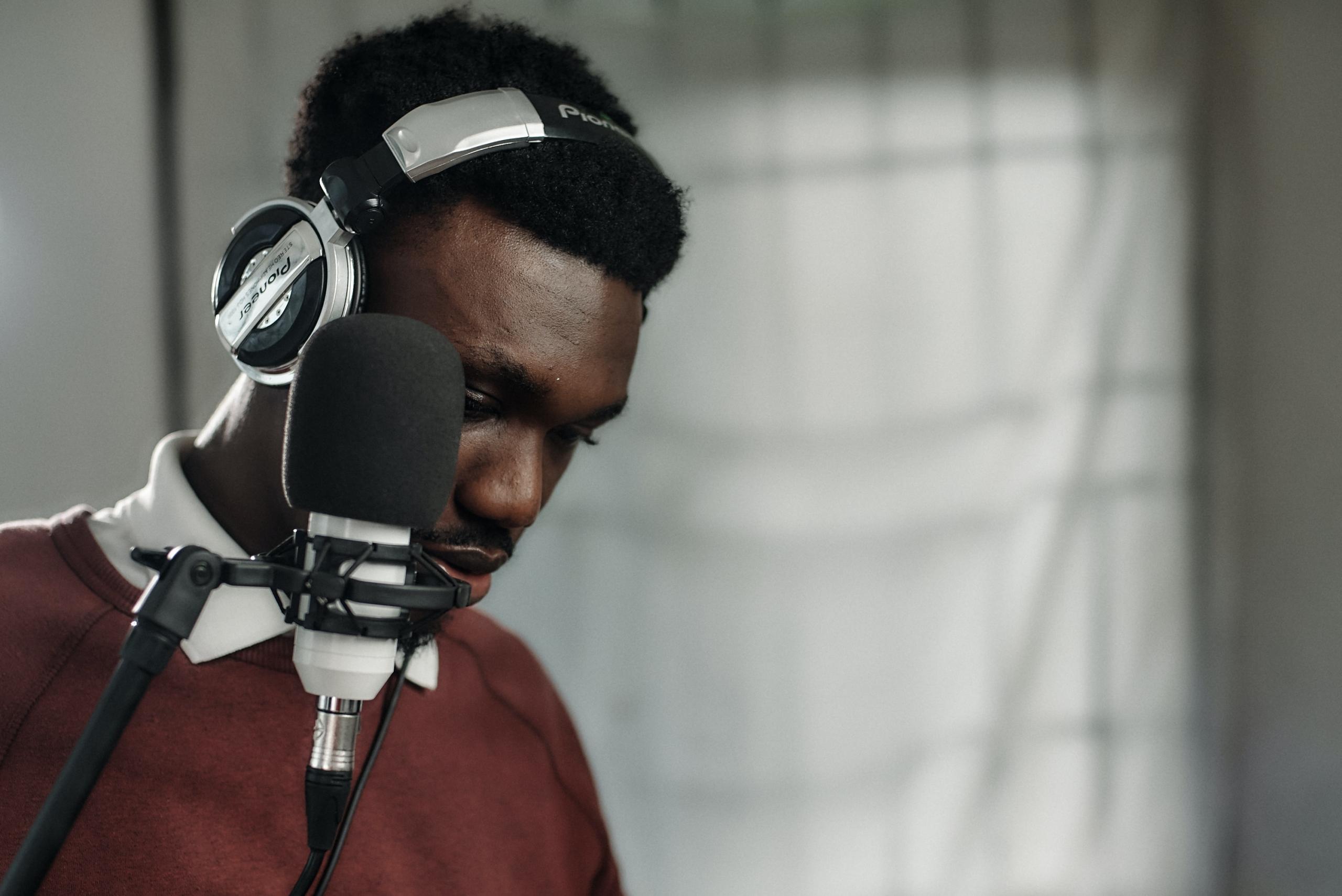Singing is unique because it doesn't require the use of any equipment or tools. While a singing teacher or coach is beneficial, you may be wondering if anyone can learn how to sing on their own.
The answer is yes, there are many renowned self-taught singers in existence, but if you look into their careers, you will probably notice that at some point they engaged with voice lessons.

Vocal Skills
If you think you can teach yourself to sing, then it is essential to familiarise yourself with essential vocal skills and concepts. Recognising their existence is a significant initial challenge to learning how to start singing. While these precise definitions may confuse beginners at first, if you are willing to self-teach, then over time you will become familiar with important concepts and techniques. To make sure that you are on the right track, you could always dip into voice lessons with a coach here and there.
Vocal Tone (aka Timbre)
The tone represents the personal essence and unique sound of your singing. Even if a room full of people sings the same note, each person will have a distinct tone due to their voice and physical characteristics.
When you learn how to start singing, remember that it is a subjective quality with no fixed descriptors. Much like describing wine ‘on the nose’, it allows for adjectives like brassy, gravelly, whispery, bold, smooth, bright, breathy, dark, nasally, gravelly, or any other suitable term to capture a voice's character.
Musical Tone
Musical tone refers to the specific notes or pitches being sung. Unlike vocal tone, which varies among individuals, the musical tone is standardised. When everyone sings the same scale, they produce the same musical tone.
Pitch and Key

The key represents the intended pitch range for a song, while the pitch refers to the actual note produced when singing. When a note is slightly inaccurate but still close to the intended pitch, it can be considered off-pitch yet still on key.
However, if the notes are significantly off-pitch, altering the melody to the point of being unrecognisable, then it is singing off-key. So, can anyone learn how to sing on their own, sure, but aspects like this can be tricky without professional voice lessons.
Tune
The tune comprises a sequence of notes that are memorable and pleasant, such as "Twinkle Twinkle Little Star." In the absence of a vocal coach, tune and pitch are often confused. While many individuals express a desire to sing "in tune," they often mean they want to sing "on pitch."

Range
There are six main voice types based on range:
- Soprano: Highest female/young boy voice (C3 to C6).
- Mezzo-Soprano: Second-highest female/young boy voice (A3 to A5).
- Alto: Lowest female voice (F3 to F5).
- Tenor: Highest adult male voice (C3 to C5).
- Baritone: Most common male voice (G2 to G4).
- Bass: Lowest vocal type (E2 to E4).
Practice as well as voice lessons can help expand your vocal range.
Diction
Diction in singing is equivalent to enunciation and pronunciation in speech.
In other words, the manner of vocalising vowel and consonant sounds in different in singing compared to speaking. This is why learning how to articulate sounds effectively is critical as you learn how to start singing. A good example of this is observed in the pop-punk music genre, as performed in Blink-182's "All The Small Things." In a nutshell, the way they sing words like "things" and "brings" deviates from ordinary speech. This trend of elongating vowels persists throughout the song, which is a common feature in pop-punk.
Articulation
If you want to teach yourself to sing, then you will need to know about articulation.
Articulation refers to the coordination and movement of various speech organs, including the mouth, lips, cheeks, tongue, jaw, and larynx, to produce sound.
Notice how singers will often show unique mouth movements while singing, as they strive to create the optimal shape for hitting specific notes. Articulation can be influenced by factors like teeth alignment, the structure of the hard and soft palates, hydration levels, nasal passages, body weight, air dryness, and other elements that impact the condition of the organs involved in speech and singing.
Technical Skills
Now that you have some understanding of the various concepts needed to teach yourself to sing, let's explore the technical aspects of singing.
Vibrato
Vibrato is a common vocal ornament where the voice intentionally "shakes" for a purposeful effect. To avoid vocal damage, it should be controlled and in no way strained. here are various techniques to achieve vibrato which will allow you to find the best approach for your voice.
Glissando and Portamento
Glissando and portamento are similar vocal flourishes but with a slight difference. A glissando involves hitting every note between two pitches. This is much like distinct swatches of colour transitioning from red to yellow. Each note is clearly distinguishable within the glissando.
Registers
Registers are vocalised affectations that change the notes you sing. They include:
- Vocal fry
- Chest voice
- Head voice
- Whistle register
Some people can access multiple registers more easily than others. The vocal fry and whistle registers, for instance, are particularly challenging for most people. Focus on practising registers like chest voice and head voice (including falsetto) which are within your reach.
Breathing
Proper breathing is vital for singing because insufficient breath support can lead to weak notes, potential mid-song breathlessness, and even fainting.
Conversely, excessive deep breaths can compromise vocal control. If you are learning how to start singing, time your breaths correctly which will ensure a seamless song flow. Also, breathe from your diaphragm rather than in a shallow way from the chest.
Projecting and Belting
Vocal control means knowing how to sing with power.
Many find it easier to sing softly in breathy styles, however, projection involves sending your voice far and wide, not just in terms of volume but carried over distance too.
Achieving resonance while projecting to the back of a concert hall should be your aim. Belting specifically refers to a strong pitch where your head voice and chest voice meet. Ultimately, vocal power relies on the delicate balance between breath and muscle, with the diaphragm and vocal cords being strong but not excessively so.
So can you learn how to sing on your own?
Do you think you could find that sweet spot which allows for projection and belting without strain or voice cracking?

What Exercises to Practice
Warm-up exercises are key to your singing success.
If you want to teach yourself to sing, you will need to develop musical and vocal tones. To do this, try the 5-Tone Count exercise. Start by finding your comfortable volume and pitch by saying "One." Then, using the word "One" on a chosen pitch at the bottom of your register, proceed to sing the numbers One through Five on a 5-Tone scale, maintaining strength in each note.
For range practice, use a piano to explore your comfortable singing boundaries. Begin by matching the middle C (C4) pitch with a comfortable volume then gradually play lower notes on the piano, that match each pitch with your voice until you feel croaky or unable to vocalise further. This will indicate the lower limit of your range. Repeat the exercise going higher and stop if you feel strained or squeaky.
Can Anyone Learn How to Sing?
So can you learn how to sing on your own? Try these resources to help you.
- YouTube: YouTube is a great resource for free online singing lessons. While you won't receive personalised attention, there are numerous creators uploading content regularly, so you're likely to find someone whose teaching style resonates with you.
- Listen to Music: Practice singing by emulating the artists that you love. Choose songs that inspire you and work on matching the pitch and rhythm of the original singer. As you develop your voice, you should aim to sing like the artist or even, adapt the song to suit your unique style. Can anyone learn how to sing by listening to music? No! It will take more than that.
- Singing or Vocal Coaches: So, yes you can learn how to sing on your own, however, it is wise to consider working with a vocal or singing coach who can provide expert guidance and help you to progress more quickly and with confidence. Private lessons are probably more affordable than you think, but you could also find coaches who offer sliding scale fees or group lessons to make voice lessons even more budget-friendly.
Remember, there is a lot to learn about singing, but if you are wondering if you can learn how to start singing at home, start with these basics and get ready to unleash your voice through the marvellous journey of singing. Can anyone learn how to sing, indeed?















